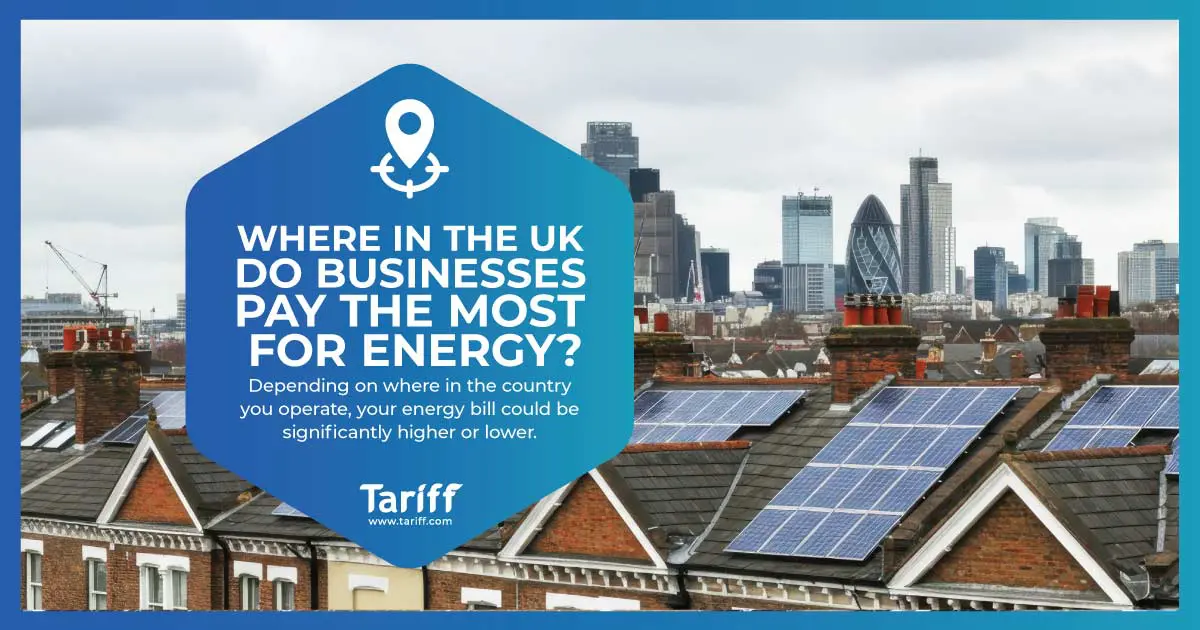Which UK Cities Are Leading The Way To Net-Zero?
As the UK accelerates its journey towards a carbon-free future, which of the UK’s cities are out in the front demonstrating the greatest progress and innovation in delivering net-zero emissions?
In this article we look at the largest and most influential UK cities, examine what “net-zero” means in a city context, and highlight the regional breakdown of how different parts of the UK are leading the way.
What Is Net-Zero?
Before exploring which UK cities are leading the way, it is important to understand what is net-zero. In the UK context, net-zero means that the total greenhouse gas emissions produced by each city and town are equal to the emissions removed from the atmosphere (through offsetting, carbon capture or other measures) so that the net contribution is zero.
In essence: carbon net-zero or net-zero emissions means the city has balanced its emissions input with its emissions removal. The UK government’s target for the nation is to reach net-zero carbon emissions by 2050.
When we talk about UK cities achieving net-zero we mean they are implementing policies, technologies and behaviours to drastically reduce emissions (from transport, buildings, industry) and neutralise whatever remains.
Why Cities In The UK Matter
Cities are central to the UK’s decarbonisation challenge. Urban areas – the biggest cities in the UK and other major UK cities – account for more than half the population yet only around 41% of the UK’s greenhouse gas (GHG) emissions, according to research from Centre for Cities.
Furthermore, cities have seen larger falls in emissions per capita over recent years compared with non-urban areas: urban emissions per capita have fallen by around 53% between 2005 and 2022.
This means that when we look at the biggest cities in the UK, we can see how the urban environment offers economies of scale, infrastructure advantages and innovation opportunities for decarbonisation.
Which Areas Of The UK Are Leading The Way
When we examine regions and cities across the UK, we see certain hotspots of net-zero activity and leadership. Research indicates that the growth of the UK’s net-zero economy is widely distributed and not confined to London or the South East.
London and South East
In terms of UK cities, the capital and the South East region remains a major player. For example, in London average per-person emissions have fallen significantly: from 6.7 tonnes of CO₂e per person in 1990 to 3.2 tonnes in 2021.
By virtue of its density, public transport networks and regulatory frameworks, London is among the UK cities demonstrating strong performance on reductions in emissions. That said, given its size and complexity it still has work to do on buildings, heating and transport systems.
Midlands, Yorkshire & Humber and South West England
According to the latest data on the UK’s net-zero economy, regions such as the West Midlands, Yorkshire & the Humber and South West England contain some of the largest contributing hotspots of net-zero activity.
This suggests that cities within these regions are stepping up: not always the biggest cities in the UK in terms of population, but UK cities that are punching above their weight in terms of net-zero innovation, green jobs and investment.
City-by-City Breakdown
Let’s now dive into deeper case studies of selected UK cities. exploring what they are doing, what progress has been made and how they compare in the movement to net-zero.
London
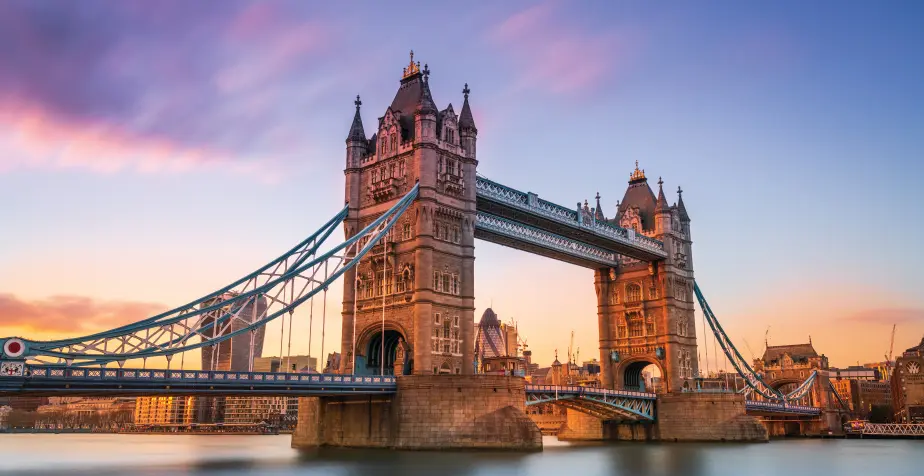
As one of the biggest cities in the UK, London naturally occupies a leading role in decarbonisation. The scale of the challenge is immense, but so are the tools available: extensive public transport, high population density, major regulatory capability.
London’s bus fleet is shifting rapidly: for example, as of 2025 the city has over 1,950 battery electric buses in its fleet and aims to reach zero emission buses by 2034 or earlier.
London is also implementing multiple building energy-efficiency and low-carbon heating initiatives. While national-level data aggregates many cities, London’s high level of infrastructure and scale means it remains critical in the UK’s path to net-zero.
Manchester
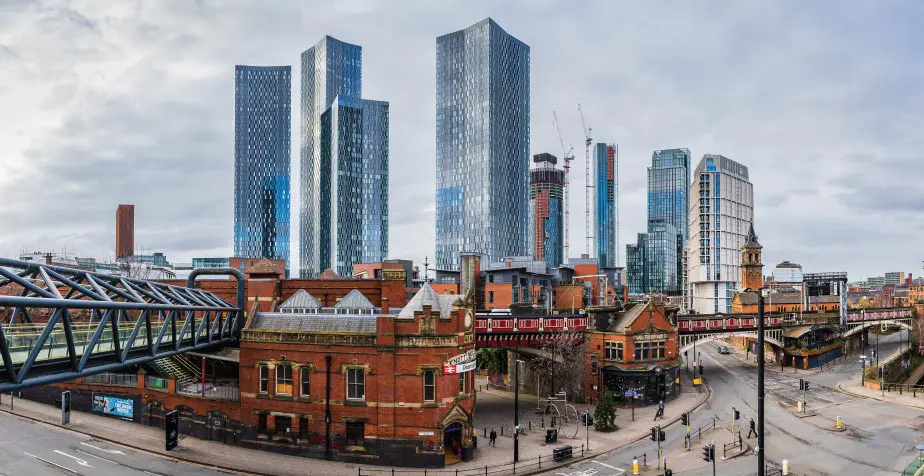
Manchester is one of the largest and most influential UK cities and is making strong strides in the net-zero landscape. According to the city council: direct emissions from its own organisation (Council buildings and services) have fallen by 64% from 2010 to 2025.
City-wide emissions have fallen by around 48% from 2005 to 2023, yet the city recognises it is not yet on pace to stay within its carbon budget.
Manchester’s “Manchester Climate Ready: The Plan” sets out how the whole city will tackle both mitigation (cutting emissions) and adaptation (climate resilience).
For businesses and residents in Manchester (and nearby regions), this means strong momentum on building retrofits, low carbon transport, new development standards and energy efficiency programmes.
Glasgow
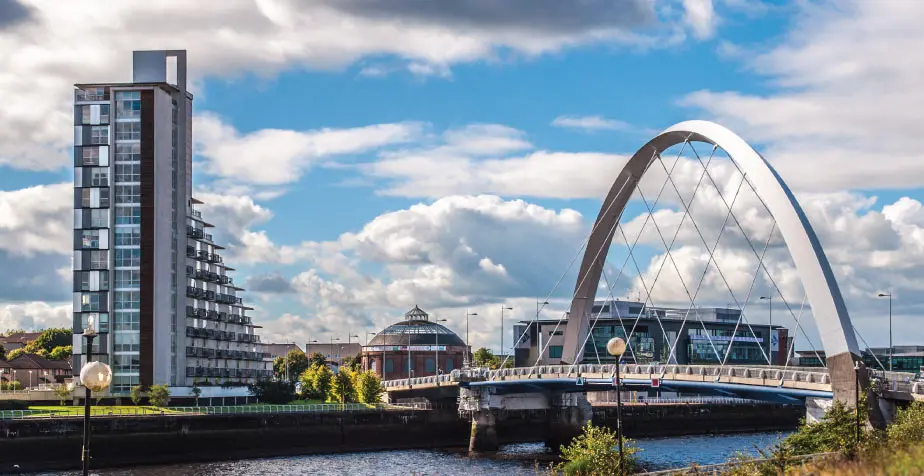
Glasgow, a major UK city in Scotland, has committed to becoming a “Net Zero Carbon City” by 2030 with a broader “net-zero emissions” ambition by 2045.
In 2018 (baseline 2005/06), Glasgow had already achieved a 37% reduction in emissions in that sector by the time of reporting.
The city’s new “Net Zero Route Map” estimates a £23.5-£36.8 billion investment will be required to achieve up to 80% emission reduction by 2030.
What makes Glasgow notable is the focus on heat networks, district heating, transport electrification and combining carbon reduction with a just transition (jobs, skills, inclusion). For companies tracking tariff, energy transition and carbon-net-zero strategy across UK cities, Glasgow’s profile is militarised: large scale change, heavy investment, regional leadership beyond just the “biggest cities in the UK”.
Birmingham
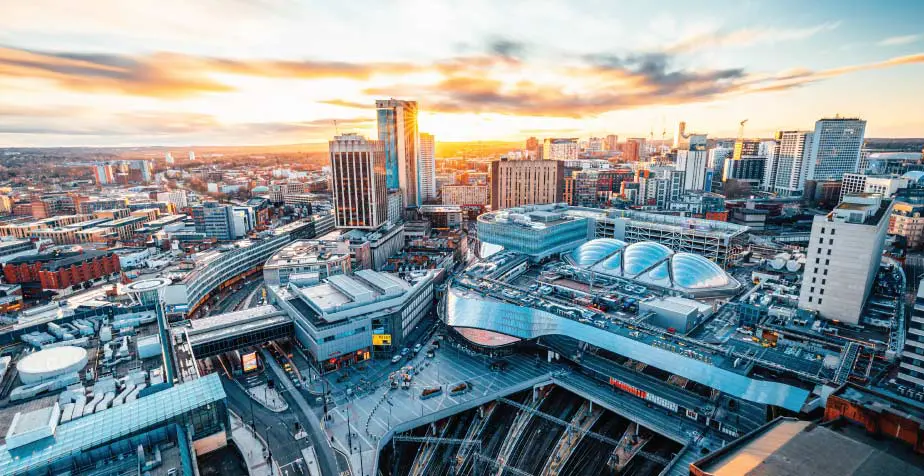
Birmingham is a major UK city in the West Midlands with over a million residents. The city’s “Route to Net Zero Annual Report 2023” shows it is auditing scope 3 emissions and recognising they may be larger than scope 1 & 2 combined.
Also, Birmingham’s Clean Air Zone has made measurable reductions in nitrogen dioxide and polluting vehicles entering city centre zones though there are challenges with fine-particle (PM2.5) reduction.
For UK cities, Birmingham reflects a pattern: large population, high infrastructure demands, heavy legacy stock and complex emissions—but also significant opportunity for retrofit, low-carbon transport, efficient energy and business engagement.
Exeter
Although not one of the very largest UK cities, Exeter is often cited among UK cities for strong net-zero ambition: targeting carbon neutrality by 2030 with smart grid solar investment and zero emission bus routes.
Smaller but agile UK cities like Exeter demonstrate how regional and local leadership matters: they can pioneer initiatives faster, serve as models for bigger UK cities and act as test-beds for innovation. For your clients and readers, highlighting such cities reinforces that “cities in the UK” leading net-zero are not just the biggest cities in the UK, they include a broader mix.
What Are These UK Cities Doing To Reduce Their Carbon Footprint?
In these UK cities, the following actions are typical of what leading urban areas are doing on net-zero:
- Overhauling public transport and introducing zero-emission zones (as seen in Oxford, Bristol, Exeter)
- Retrofitting buildings and reducing emissions from homes and commercial properties (key because the built environment is responsible for a large share of urban emissions)
- Deploying renewable energy and smart grid solutions (for example Exeter’s solar/battery smart grid project)
- Targeting zero-emission vehicles, expanding EV charging infrastructure, reducing reliance on private petrol/diesel vehicles
- Harnessing the economy of the net-zero sector: in the UK the net-zero economy contributed £83.1 billion in GVA in 2024/25 and is growing at ~10% annually.
- Regional strategic investment: cities within regions like West Midlands, South West and Yorkshire are attracting private investment, creating jobs and driving green innovation.
Why Net-Zero Matters For UK Businesses And Consumers
For your customers, residents and business stakeholders in the UK, the cities leading the way on net-zero demonstrate several things:
- They show investment and infrastructure trends: e.g., increasing EV charge-points, efficient buildings, better public transport
- They reflect regional variation: if you operate or reside outside London, you don’t need to feel the South East is the only place doing things. Many other UK cities and regions are performing strongly.
- They signal risk and opportunity: for businesses in these cities, a transition to net-zero means carbon-related regulation, new retrofit markets, energy efficiency opportunities and potential new green-jobs growth.
- They highlight the importance of acting now: delaying retrofits or emissions-reduction efforts means catching up later at greater cost. Cities that started earlier show greater reductions.
How UK Cities Are Powering the Nation’s Journey to Net-Zero
In short, while the biggest cities in the UK (London, Manchester, Birmingham etc.) have major roles to play, some of the UK’s most impressive net-zero performance is coming from fewer, well-committed UK cities like Exeter, Glasgow and Manchester, often within regions that are embracing the green economy.
As more cities across the UK embed the practices of net-zero emissions into their infrastructure, regulation and business models, they help the whole country progress towards the national target of reaching net-zero carbon by 2050.
At Tariff.com we believe this regional breakdown of city-led action matters for energy and carbon advisory, for businesses locating operations, for policy watchers and for residents wanting to understand where change is happening. Whether you operate in a UK city already leading the way or one ramping up its efforts, understanding city-level net-zero dynamics gives you an edge.
Which UK Cities Are Achieving Net-Zero? FAQs Explained
What does “net-zero” mean for a UK city?
For a UK city, “net-zero” means that the total carbon emissions from the city (transport, buildings, industry, waste) are matched by the total removal or offsetting of those emissions, so that the net contribution of greenhouse gases is zero. The phrase “net-zero emissions” is often used interchangeably. See the national context here
Which UK cities are the leading performers in net-zero efforts?
Some of the standout UK cities are London (zero emission buses, major infrastructure), Manchester (ambitious carbon budget and city-wide plan), Glasgow (Net Zero Carbon City by 2030 target), Birmingham (large city-scale retrofit and transport effort) and Exeter (agile, smaller city ambition).
Are only the biggest cities in the UK important for net-zero?
No. While the biggest cities in the UK obviously have scale, many smaller or mid-sized UK cities are showing leadership in net-zero emissions. The data shows that urban areas broadly are improving faster than non-urban zones.
Why does regional variation matter in UK cities’ net-zero progress?
Because the scale of investment, existing infrastructure, local climate commitments and industrial legacy vary by region. For example, the net-zero economy has particularly strong presence in regions like the West Midlands, South West and Yorkshire & the Humber.
What can businesses or residents in UK cities do to support net-zero?
Businesses can invest in efficient buildings, low-carbon transport, renewable energy procurement and carbon management. Residents can benefit from retrofits, electric vehicle adoption, engaging with local climate plans. Understanding your city’s net-zero roadmap often gives early insight into incentives, regulation and opportunity.
How Can I Reach Net-Zero?
At Tariff.com, we’ve created a 5-step strategy to help your business reach net-zero emissions:
- Calculate
- Target
- Reduce
- Offset
- Result
How Will Tariff.Com Offset My Carbon Footprint?
A: To offset your carbon footprint, we’ll recommend carbon and biodiversity credits from our trusted supplier. This will help to balance your emissions so you can call your business ‘net-zero’.


